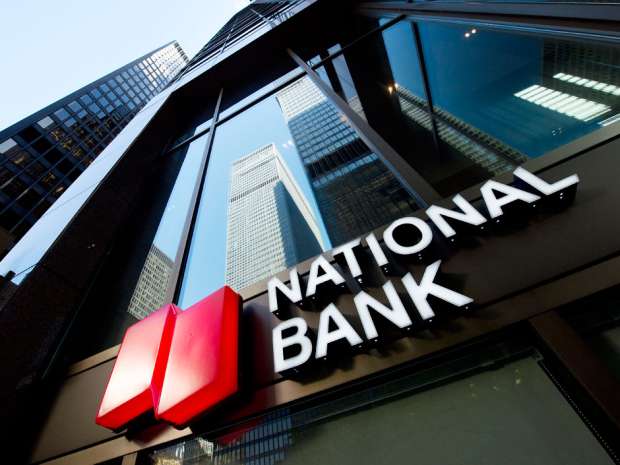The speed—and magnitude—at which the Fed raised interest rates has sent a chill across financial markets. The negative impact that rapidly soaring rates has had on rate-sensitive areas of the market and the economy is well documented, but we believe it could also represent a rare entry point for many fixed-income investors.
Higher for longer—the mantra that’s been reverberating throughout the fixed-income market over the past few months and one that’s undermining forecasts that 2023 would be the year of bonds. While the debate over how much higher and how much longer continues, it’s fair to surmise that we’re almost certainly near the end of one of the most aggressive interest-rate hiking cycles in over 40 years.
As most investors will know, the U.S. Federal Reserve (Fed) has a unique dual mandate among major central banks: pursuing both maximum employment and price stability. While the circumstances leading up to each tightening cycle are different, a general rise in prices for goods and services above the Fed’s stated inflation goal of 2% is often the catalyst.
When this occurs, the Fed historically takes the federal funds rate above the run rate for inflation in order to tamp down inflation. From that perspective, this cycle appears no different than previous cycles although the circumstances leading up to this spike in inflation were certainly rare.
The Fed typically raises rates above the average pace of inflation to keep price pressures down (%)
Source: U.S. Bureau of Labor Statistics, U.S. Federal Reserve (Fed), as of 10/20/23. The U.S. Consumer Price Index tracks the performance of the average change of prices over time by urban consumers for a market basket of goods and services. It is not possible to invest directly in an index.
This can be seen in the Fed’s last three rate-hiking cycles. In each of these cycles, the Fed raised rates to a point beyond the year-over-year increases in consumer prices before pausing and eventually concluding the cycle. Taking into account the long and variable lag between the rate hikes and when their effect becomes observable, it’s fair to say that the central bank has historically been successful in bringing inflation down.
During this process of raising the federal funds rate above the inflation run rate, real interest rates (inflation adjusted) rise—it’s a function of mathematics. This is a phenomenon that can also be observed in the Fed’s last three monetary tightening cycles. What’s worth noting is that the peaks in real rates tend to occur near the top of the tightening cycle.
As of this writing, real interest rates are hovering around 2.50%, double the average of 1.26% dating back to June 1999 (the start of the earliest cycle this century).¹ For bond investors, a rate of return over the inflation rate means maintaining purchasing power—something bond investors hope to achieve.
U.S. interest rates are rising in real terms (%)
Source: U.S. Federal Reserve. Macrobond, John Hancock Investment Management, as of 10/26/23.
It’s impossible to say whether real interest rates could rise further from here. What we do know, however, is that in the past few rate-hike cycles, periods where real interest rates are peaking have often been a good entry point for investors to allocate to intermediate fixed income. Much of this effect can be attributed to the inverse relationship between interest rates and bond prices. Historically, high real rates are often an indicator that the Fed has accomplished its mission and can begin to loosen monetary conditions, including lowering interest rates.
Historically, intermediate-term bonds have outperformed cash in the period after real rates hit their peak
Source: U.S. Federal Reserve, Bloomberg, John Hancock Investment Management, as of October 2023. The Bloomberg U.S. Aggregate Bond Index is used to represent intermediate bonds. The U.S. 3-month Treasury bill is used as a proxy for cash. See disclosure for index definitions. It is not possible to invest directly in an index. Past performance does not guarantee future results.
As is often the case, it can be darkest before the dawn. Fixed-income investors have endured a grueling 18 months of headwinds in the bond market as the Fed has sought to combat a historic spike in inflation. The good news is we’re likely entering a new era of monetary policy as the Fed seeks to move away from the zero-rate policy of the great financial crisis and restore the traditional relationship between inflation and term premiums.
For investors at or near retirement, we believe the opportunity to extend maturities at these higher yield levels represents a rare entry point into fixed income, especially given the attractive premium relative to inflation.
1 Bloomberg, as of 10/26/23.
Copyright © Manulife Investment Management
















